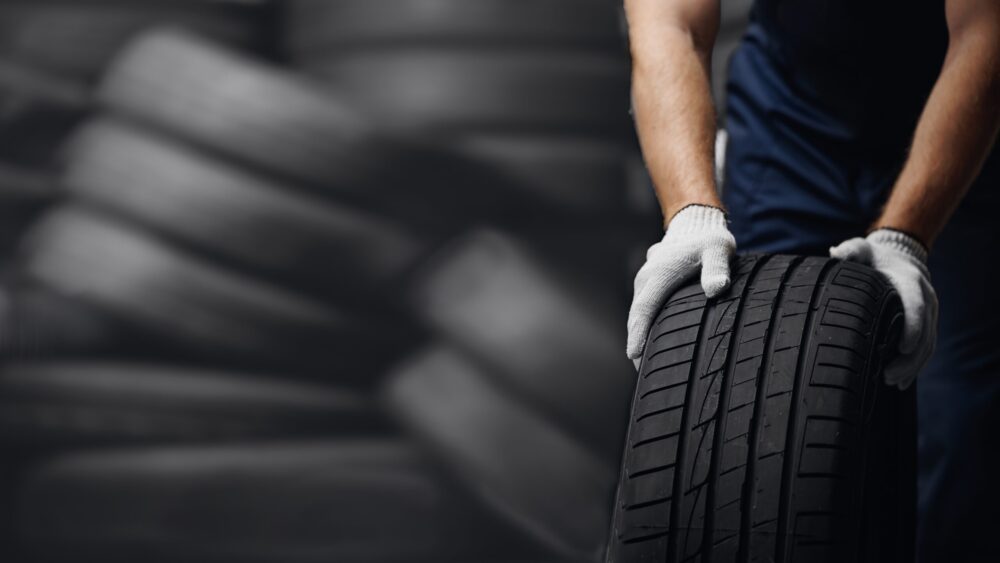TYRE CENTRE
Your tyres are the only connection between the road surface and your car. They are vital for your safety, that of your passengers and other road users. Therefore, always keep them in top condition or have them replaced in good time.


WHAT CAN YOU DO YOURSELF?
VANDERBORGHT TYRE CENTRE
YOUR SPECIALIST
REPAIRS
Bandencentrale Vanderborght specialises in repairing your tyres. A repair is cheaper than a replacement and the tyre retains its original quality. However, repairs can no longer be carried out if the damage is outside the tread.
Repairs are carried out in the following steps:
ALIGNMENT
Realigning your tyres does not take much time and saves money. Not only will your tyres wear less quickly, but you will also avoid expensive costs for your shock absorbers and other parts of the steering system. Finally, you will also notice that both your comfort and grip on the road will improve, which will benefit every aspect of your driving.
REPLACEMENT
The right tyre for your car and your needs. It is best to take into account the weight of your car, the body shape, the type of roads you drive on, the areas you drive in, your driving style and your preferences in terms of ecology, comfort, etc. What’s more, the possibilities are constantly increasing and the requirements are becoming ever more demanding! It is not easy to see the wood for the trees.
That’s why you should let our specialists help you choose your tyres.
Because we manage our tyre centre ourselves, we can offer you a very extensive range and discounts of up to 35% on the purchase of your new tyres!
WHEELS
Give your car a unique look and improve its performance

WHEELS
Give your car a unique look and improve its performance
WHY INVEST IN WHEELS
WINTER TYRES
WHY WINTER TYRES?
When should winter tyres be changed?
Advice: change when the temperature drops below +7°C.
As soon as the temperature drops below 7°C, winter tyres perform better than regular (summer) tyres. Low temperatures cause the rubber of a summer tyre to harden, causing it to lose many of its beneficial properties (grip, comfort). The tyres then lose their grip on the road surface and it takes longer to come to a standstill when braking.
Winter tyres are usually fitted in October/November. At higher temperatures, winter tyres wear out considerably faster. So as soon as the weather changes from predominantly cold to predominantly warm, it is best to have your summer tyres refitted. This is usually around March/April.
A minimum tread depth of 4 mm is required to remain safe. Have the tread depth of your tyres checked.
Do winter tyres wear out faster than regular tyres?
In principle, winter tyres do not wear out faster than regular (summer) tyres in winter conditions. However, when the average temperature rises above 7 degrees Celsius, the wear on winter tyres increases significantly. Summer tyres wear out much more quickly below 7°C.
Winter tyres are fitted to all four wheels. Fitting only two winter tyres leads to stability problems, even on the motorway. A front-wheel drive car: if winter tyres are only fitted to the front axle, acceleration performance improves. However, the car becomes unbalanced at the rear and is more likely to spin around its axis (oversteer).
A rear-wheel drive car: if winter tyres are only fitted to the rear axle, acceleration performance will improve. However, the car will lose balance at the front more quickly and will therefore be more likely to go straight on when cornering (understeer).
Are winter tyres expensive?
Not really. With two pairs of shoes, you can do twice as much as with one pair! The same applies to winter tyres. If you drive on winter tyres, you save your summer tyres and vice versa… And you drive a lot safer!
